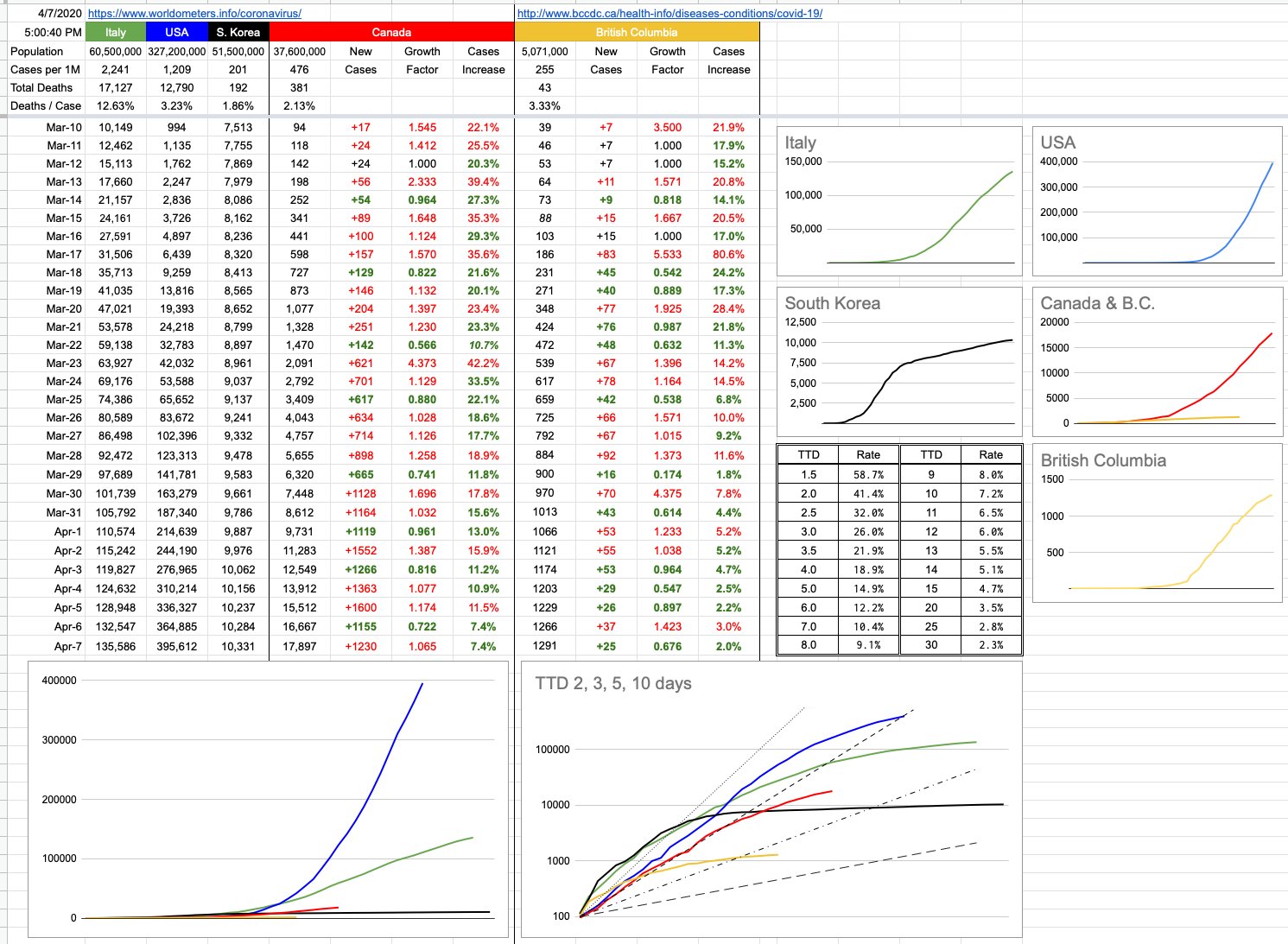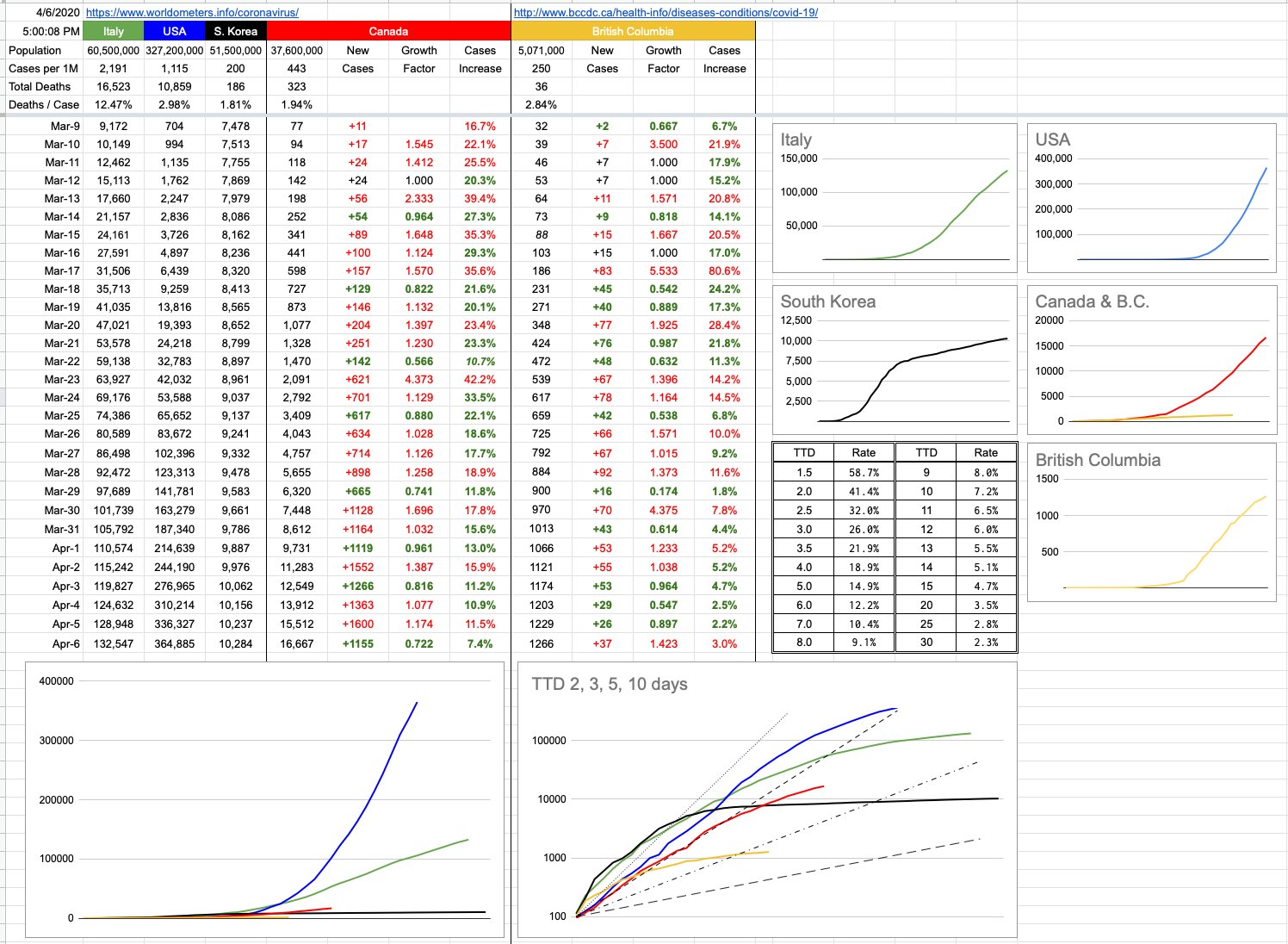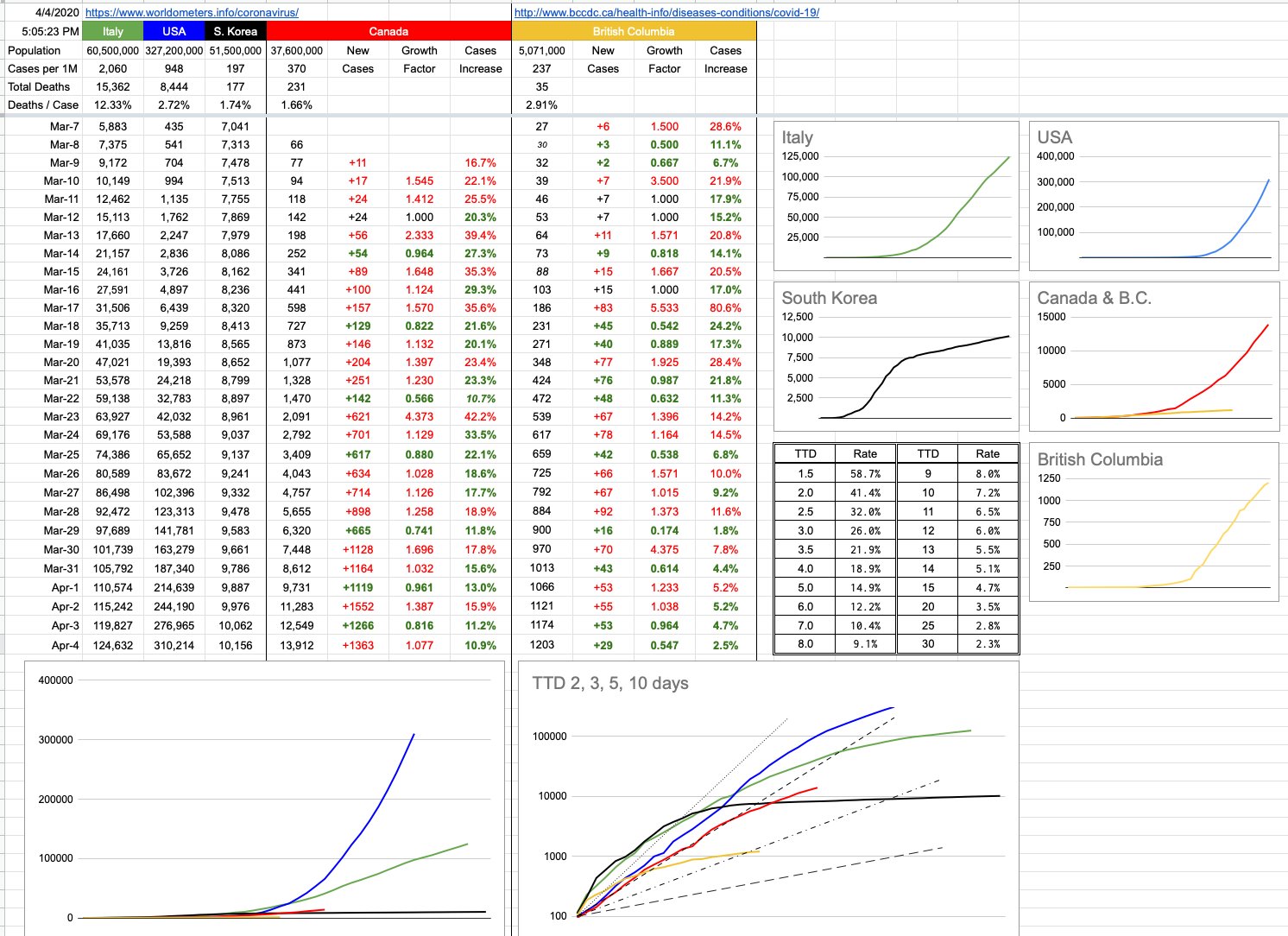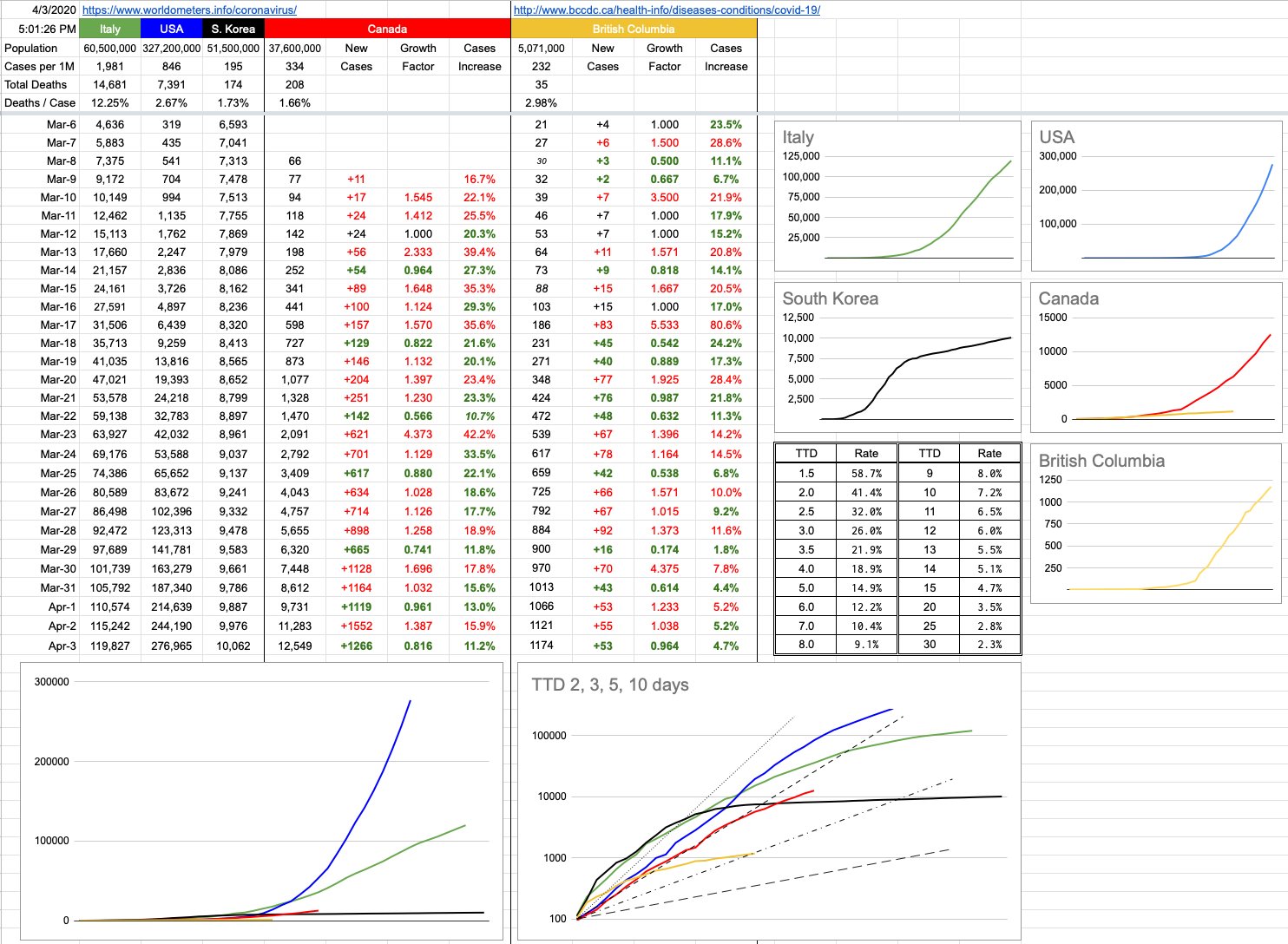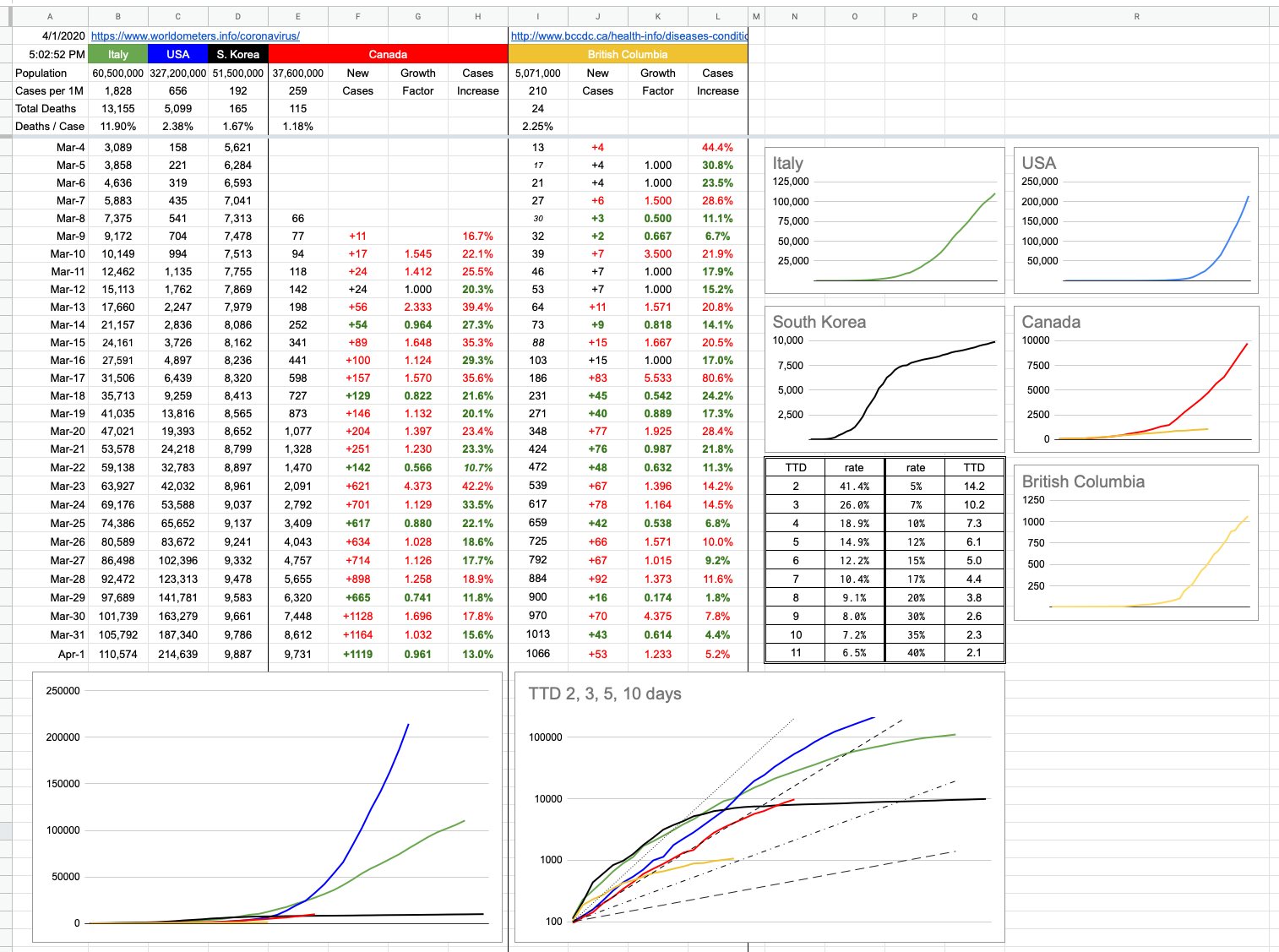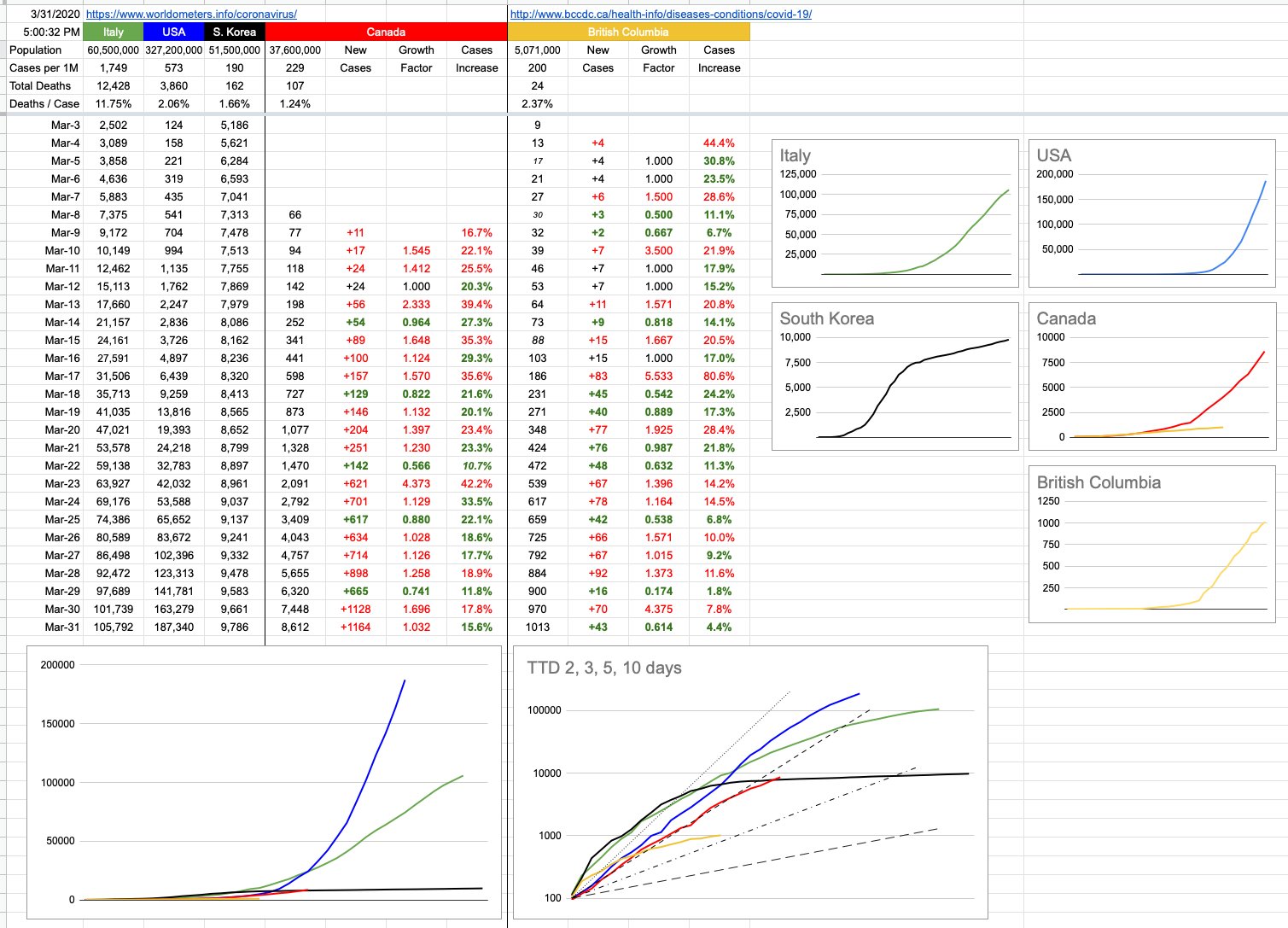When Her Royal Majesty, Queen Elizabeth II, took to the airways recently to address her nation, it was only the 5th time in her 68-year reign that she had done so (other than to say Merry Christmas). And when I say her nation, I’m not just talking about the U.K., and I don’t just mean the British Commonwealth, whatever is left of it, though it’s somewhat eyebrow-raising to realize that she has been Canada’s reigning monarch for 47% of this country’s existence… but no, her nation is the world. When you reference “The Queen”, nobody asks you which queen you mean. We’re not talking about the queen of Sweden or the queen of Spain or the queen of Bhutan. Or Beyoncé. There is only one Queen.
The rarity of this sort of event underlines its importance. In time of war, in time of national mourning… when everyone needs a serious dose of encouragement.
Before she even opened her mouth, the picture spoke thousand words. The setting was like a glorious painting, liberally sprinkled with meaning. The bed of roses, because life is beautiful, but sometimes a little thorny. The single lamp, off in the distance — the proverbial light at the end of the tunnel. The blank slate; the future unwritten. The empty office holders — signifying the paralyzing of business — which one day again will hold pens, paper clips and postage stamps (no doubt with her ubiquitous silhouette).
Then there was the Queen herself, looking radiant and royal and confident in green — the colour of nature and Spring and renewal. Her trademark pearls. I looked up what turquoise might represent, because that was the stone at the centre of that incredible brooch: Healing, love and protection. Perfect.
And, of course, there is what she said. The final sentence of her address was this: “We should take comfort that while we may have more still to endure, better days will return: we will be with our friends again; we will be with our families again; we will meet again."
It’s hard not to read that in her voice. Strong, powerful words, spoken with an accent that exudes class and elegance to a level we can only hope to achieve. Those familiar with the history of World War II (and/or the music of Pink Floyd) will recognize the reference to Vera Lynn at the end of it; the war-time song that kept them all together during those darkest of times: “We will meet again”.
Indeed, it’s been a brutally difficult few years for our friends across the pond. Long before this pandemic hit, they were wrestling with Brexit… an enormously complex problem that has no Plan B. It simply can’t be allowed to fail because nobody is sure what that would look like, but they all agree it’s ugly. Very. And in the midst of trying to push it over the finish line, oh, let’s throw in a global pandemic and see how that affects things. The answer is… not well.
There’s a lot to learn from the U.K.’s COVID-19 experience, because their attitude was initially quite different, and its effects are worth exploring.
Their initial assumption that this was just a bad flu that would course its way through the population eventually (and hopefully quickly) establishing herd immunity. It was thought that this would only harshly affect elderly people, and that people whose age was below a certain threshold might get affected, but they’ll get over it, and there’s really no reason to panic because as long as we isolate those at risk (elderly, immunocompromised, asthmatic, diabetic, etc), this shouldn’t overwhelm the medical system.
By the time that attitude was course-corrected and social distancing imposed, things were already launched in a worrying trajectory. This was far more virulent and serious than initially thought. The lockdowns are now in place and how it plays out remains to be seen, but those critical few days of “not a big deal” and people going about their business… have made a big difference. Prime Minister Boris Johnson, the fearless leader (and the man tasked with delivering Brexit) was proudly going about shaking hands with people, including those in hospital… only a few weeks before his own positive test. Today he finds himself in the ICU of a London hospital, battling for his life.
Closer to home, where we are all taking social/physical distancing seriously (right?), especially this long weekend with its good weather and where even though there are holidays coming up that are usually big family gatherings, we will do all that remotely (right?) — as Dr. Henry and Mr. Dix keep hammering home, we are in the midst of this. And we are succeeding. They don’t want to come right out and tell you that, but I will. Barring a significant very-out-of-left-field sort of thing, we are looking very good here in B.C. But what sort of thing might that be? Glad you asked, because it’s exactly what they’re telling us… if you go out these coming days and pretend things are ok, and you hang out with family and/or you visit the family cottage, then guess what… things can go from great to gruesome in a hurry.
Our dynamic duo always talk about the coming weeks, but we all know we’ve been cooped up for longer than 14 days, so what’s the deal? The deal is this… if you think things are so good right now that we can just get back to normal, what will happen is a sharp increase in cases starting… well, starting shortly after the long weekend and extending to 14 days past that. And if that happens, if just a few people let up, it can make a big difference. The actions of the coming weeks will make all the difference.
Listen to The Queen. Hang in there. After much to endure, there’s a finish line. We will meet again.




